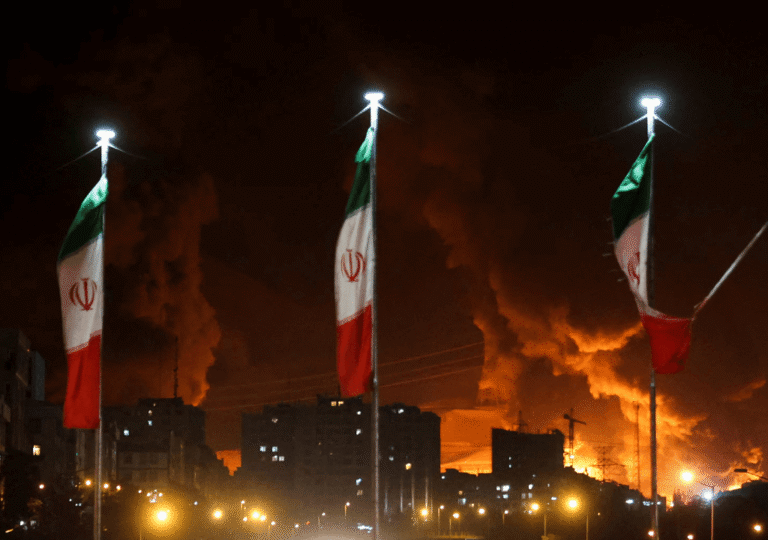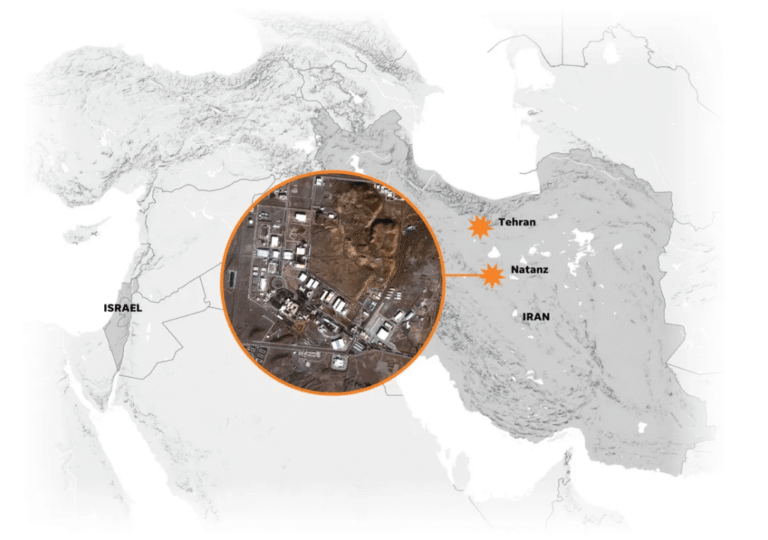The world is once again experiencing a gradual polarization, yet unlike the past century, the shift is not unfolding primarily in Europe; rather, it is unfolding in Asia. Washington and Beijing have emerged as two major power centers, increasingly prioritizing their relationships with Asian countries. Military exercises are on the rise, with the United States continuously conducting such drills in waters surrounding China. These military exercises may form part of a multi-year training plan, such as those jointly established by defense authorities like the drills involving the US, Korea, and Japan. Some Military exercises are conducted annually, like those carried out by the United States and the Philippines, but they all contribute to escalating tensions in the region. The choice of locations and the actions within these drills exhibit heightened aggression, collectively sending a clear message to Beijing. Furthermore, China, Russia, and North Korea are actively preparing to counter US influence in the region.
In recent days, the South Korean navy conducted joint naval drills with the United States and Japan in international waters south of Jeju Island, an island located in close proximity to China. The aim of these military drills was to improve joint operability against the nuclear and missile threats presented by North Korea. The military exercise comprised six warships, including the USS Theodore Roosevelt aircraft carrier, three Arleigh Burke-class guided-missile destroyers, and two Aegis destroyers from South Korea and Japan. The primary emphasis of the military exercise lay in anti-submarine warfare training and improving responsiveness to North Korean underwater threats, including submarines and submarine-launched ballistic missiles. Moreover, the three nations engaged in maritime interception training to curb the smuggling of weapons of mass destruction, alongside conducting search and rescue exercises.
Since the Camp David summit in August, Washington has been strengthening military alliances with Seoul and Tokyo, stressing the importance of “Regularizing defensive exercises” to enhance trilateral responses to North Korean threats. The recent joint military drill follows naval exercises in January, during which a US aircraft carrier was similarly positioned south of Jeju in the East China Sea. While these trilateral naval exercises primarily aim to address North Korean threats, both Beijing and Moscow are closely monitoring the deepening military cooperation among the three allies. The area south of Jeju Island in the East China Sea holds strategic importance for China, as its navy must navigate near the island and the Japanese archipelago to access the Pacific Ocean. From the perspective of the United States, the southern part of Jeju serves as a strategic vantage point for monitoring North Korea, but its geopolitical significance also positions it as a potential means of checking China’s influence. From China’s viewpoint, the North Korean nuclear issue is not new, and the joint training exercises conducted by the three countries signify an attempt to assert influence and limit China’s regional aspirations. From Russia’s view, Vladivostok is situated closer to Jeju Island in the East China Sea than Moscow.
Military exercises in the South China Sea are also on the rise. China conducted military “Combat Patrols” in the disputed region, as confirmed by its army. This activity coincided with joint military drills conducted by the Philippines, the United States, Japan, and Australia. Moreover, next week will witness extensive naval drills between the Philippines and the US, occurring amid escalating tensions in the South China Sea. With preparations underway, the possibility of military confrontations from the Chinese side cannot be ruled out. Nevertheless, the United States and its allies currently maintain clear dominance over the waters, as evidenced by their repeated naval exercises. China and its partners are shown their combined power and preparedness through these military drills.








